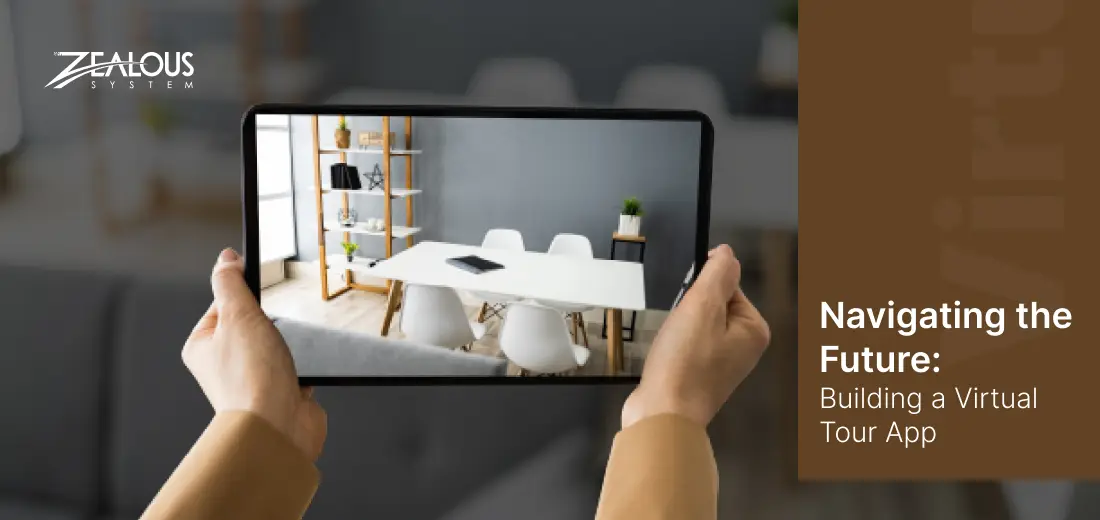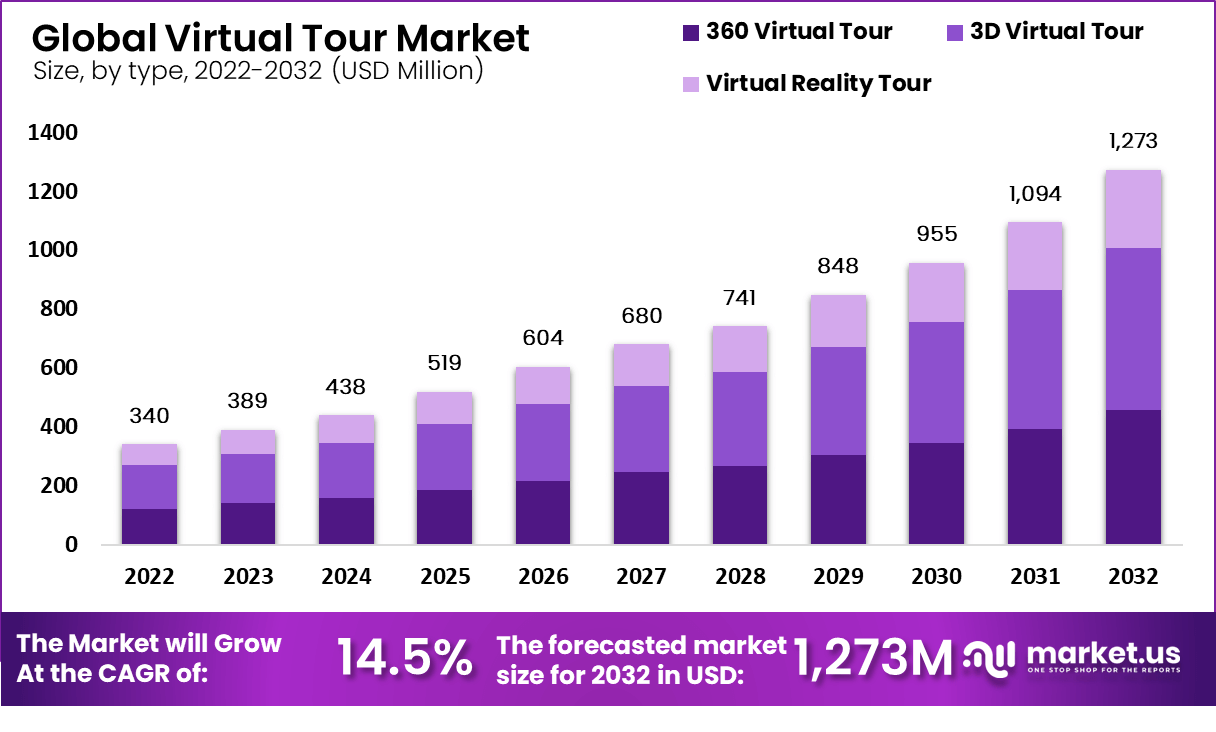
- Company
- Services
- UI/UX Design Services
- Microsoft Dynamics 365
- Mobile App Development
- AI Software Development
- Web App Development
- Generative AI Development
- Digital Product Development
- Enterprise Mobility
- SaaS Application Development
- Application Integration
- White-label WP Maintenance
- ERP Software Solutions
- Software Testing
- Offshore Development Center
- Let’s Connect
- Trending
- Technology
- Industry
- Build Your Team
- Our Work
- Company
- Services
- UI/UX Design Services
- Microsoft Dynamics 365
- Mobile App Development
- AI Software Development
- Web App Development
- Generative AI Development
- Digital Product Development
- Enterprise Mobility
- SaaS Application Development
- Application Integration
- White-label WP Maintenance
- ERP Software Solutions
- Software Testing
- Offshore Development Center
- Let’s Connect
- Trending
- Technology
- Industry
- Build Your Team
- Our Work
We use cookies and similar technologies that are necessary to operate the website. Additional cookies are used to perform analysis of website usage. please read our Privacy Policy
A Deep Dive into Virtual Tour App Development: Step Inside Anywhere

Virtual tour applications are becoming increasingly popular, as they offer a convenient and immersive way for people to explore places without having to travel there in person. Virtual tours can be used for a variety of purposes, such as showcasing real estate, promoting tourist destinations, and providing educational experiences.
Developing a virtual tour application can be a complex task, but it is possible to do it with the right tools and knowledge. In this blog, we will provide a step-by-step guide on how to develop a virtual tour application.
The rise of virtual tour applications can be attributed to the growing demand for immersive and accessible experiences. Especially in times when global events may limit physical travel, these applications bridge the gap between individuals and distant locations, offering a glimpse into places they may never have the chance to visit in person.
Here’s a brief overview of the global virtual tour market. The Global Virtual Tour Market size is expected to be worth around USD 1,273.0 Billion by 2032 from USD 340 Billion.
What is a Virtual Tour App?
A virtual tour app is a mobile app that allows users to explore 360-degree panoramas and virtual tours of places and objects. Virtual tour apps typically work by stitching together multiple 360-degree photos to create a thorough panorama.
Users can then navigate through the panorama by dragging their fingers across the screen or by tilting their device. Some virtual tour apps also allow users to add text, images, and videos to their panoramas.
To create a virtual tour, users typically need a 360-degree camera. There are a variety of 360-degree cameras available, ranging from affordable consumer models to high-end professional models. Once users have captured their 360-degree photos, they can use a virtual tour app to stitch the photos together and create their tour.
Some popular virtual tour apps include:
- Google Street View
- Apple Maps
- Matterport
- Ricoh360 Tours
- TeliportMe
- CloudPano Virtual Tour Creator
What are the Main Types of Virtual Tours?
The following virtual tours can be used to explore a variety of places and objects, from homes and businesses to museums and historical sites. They can also be used to educate people about different topics, such as science, history, and art.
- Real Estate Virtual Tours
- Travel and Tourism Virtual Tours
- Museum and Art Gallery Virtual Tours
- Educational Virtual Tours
- Virtual Campus Tours
- Virtual City Tours
- Historic Site Virtual Tours
- Virtual Product Tours (e-commerce)
- Virtual Trade Show and Exhibition Tours
- Virtual Event and Conference Tours
Key Features of a Virtual Tour Mobile Application
Creating a successful virtual tour mobile app involves including several key features to improve user experience and provide a complete virtual tour. Here are the top 10 key features:
User-Friendly Interface
Intuitive and easy-to-navigate interface with clear instructions for users to access and explore virtual tours seamlessly.
360-Degree Virtual Tours
Integration of 360-degree panoramic images or videos to provide an immersive virtual tour experience, allowing users to move around and view the surroundings from all angles virtually.
Interactive Hotspots
The inclusion of interactive hotspots within the virtual tour to provide additional information, images, videos, or links related to specific areas or points of interest within the tour.
Customizable Tour Creation
Tools that allow users to create and customize their own virtual tours by uploading their panoramic images or videos, adding hotspots, and creating a personalized tour itinerary.
Multi-Platform Compatibility
Availability of the application across various mobile platforms (iOS, Android) to ensure a broad user base and easy accessibility for all users.
Offline Access
Capability for users to download virtual tours for offline access, enabling them to explore without requiring a continuous internet connection.
VR Integration
Integration with virtual reality (VR) headsets for a truly immersive experience, allowing users to virtually walk through spaces as if they were physically present.
GPS Integration
Utilization of GPS technology to offer location-based virtual tours, ensuring users can explore specific places based on their real-time location.
In-App Messaging and Sharing
Integration of features that enable users to share virtual tours with friends and family and provide a platform for communication and sharing insights within the app.
Feedback and Review System
Incorporation of a feedback system where users can rate and review virtual tours, allowing for continuous improvement and helping other users make informed choices about the tours they want to explore.
5 Key Steps to Develop a Virtual Tour Mobile App
Here’s a step-by-step guide to develop a virtual tour mobile app in just 5 easy steps.
Step 1: Conceptualization and Planning
Immersive Concept Creation: Start by dreaming big. Imagine your virtual tour app as a magical portal that transports users to their dream destinations or lets them explore the hidden gems of history. What kind of immersive experience are you aiming for?
User Personas: Develop detailed user personas to understand your target audience. Are you catering to history buffs, adventure seekers, or real estate investors? Knowing your users’ preferences will help you tailor the app’s content and features.
Competitive Edge: To stand out in the crowded app market, identify your unique selling points. Maybe your virtual tour app offers exclusive access to behind-the-scenes content, interactive quizzes, or live tour guides via video streaming.
Step 2: Content Creation
Quality is Key: Quality content is the heart of your virtual tour app. Capture high-resolution 360-degree images and videos that transport users to the location. Ensure that audio guides are professionally narrated and written.
Collaborations: Forge partnerships with museums, historical sites, or local experts. These partnerships can provide exclusive content that sets your app apart from the competition.
Categorization and Storytelling: Create a compelling narrative for each tour. Think of your app as a storybook, with each tour stop revealing a new chapter. Categorize tours by themes, regions, or eras to help users explore their interests.
Step 3: Development
Tech Stack Selection: Choose a robust technology stack that supports seamless user experiences. Consider using frameworks like Unity for AR/VR experiences or React Native app development for cross-platform compatibility.
Design Magic: Envision the user interface as a gateway to the virtual world. Design a user-friendly interface that entices users to explore further, with interactive maps, 3D elements, and aesthetically pleasing visuals.
AR/VR Integration: If applicable, incorporate augmented reality (AR) or virtual reality (VR) elements. This will bring an extra layer of immersion to your app, making users feel like they’re physically present at the tour location.
Step 4: Testing and Quality Assurance
Thorough Testing: Before releasing your app into the wild, thoroughly test it on various devices, including both high-end and budget smartphones. Ensure that every feature functions flawlessly, from multimedia playback to interactive features.
User Experience Elevation: Go the extra mile to provide a seamless user experience. Optimize content loading times, and pay attention to details such as user navigation and accessibility.
Beta Testing: Engage a group of enthusiastic beta testers to provide real-world feedback. Their insights can uncover issues you might have missed and offer valuable suggestions for improvements.
Step 5: Launch and Marketing
App Store Submission: Prepare a captivating app store listing. Craft a compelling app description, add captivating screenshots and videos, and ensure your app icon is eye-catching.
Influential Marketing: Create a buzz around your app through social media influencers, travel bloggers, or historians. Consider hosting a virtual launch event with live tours or demonstrations.
User Feedback Loop: Encourage users to leave reviews and provide feedback. Actively engage with your user base and continuously work on updates to enhance the app.
Monetization Strategies: Explore various monetization options such as offering a free app with premium in-app purchases, subscription plans, or limited-time promotions to entice users.
Conclusion
Virtual tour applications have redefined the way we explore and interact with the world. From providing a virtual walkthrough of a property to transporting students to historical landmarks, these applications offer a myriad of possibilities. As technology continues to advance, we can expect even more sophisticated virtual tour experiences.
Mobile app developers bring a wealth of experience in creating intuitive interfaces, seamless navigation, and optimizing performance across various devices. Their expertise in mobile application development ensures that your virtual tour app is compatible with the latest technologies, including VR integration, AR features, and cross-platform functionality.
So, if you’re ready to turn your virtual tour concept into a reality, consider reaching out to a reputable mobile app developer or mobile application development company. With their guidance and technical know-how, your virtual tour application can become a groundbreaking and immersive experience, captivating users and reshaping the way they explore the world from the palm of their hands.
We are here
Our team is always eager to know what you are looking for. Drop them a Hi!
Pranjal Mehta
Pranjal Mehta is the Managing Director of Zealous System, a leading software solutions provider. Having 10+ years of experience and clientele across the globe, he is always curious to stay ahead in the market by inculcating latest technologies and trends in Zealous.
Table of Contents
×


Comments